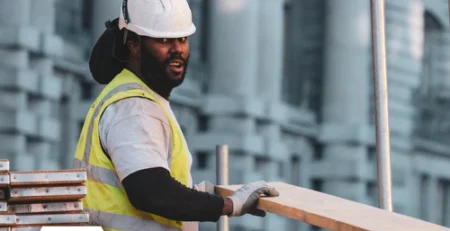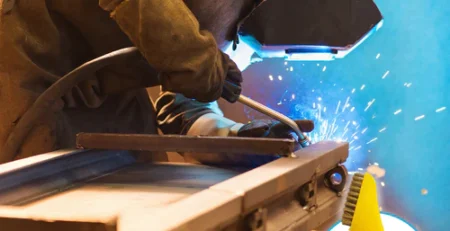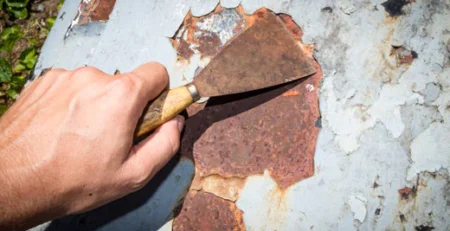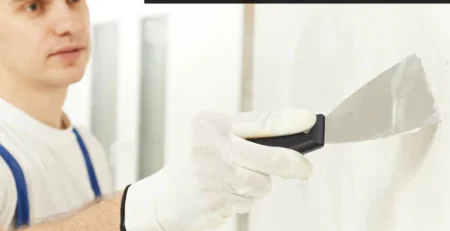Paint Removal from Brick & Concrete
Tastes change and designs change, so the white-painted block or brick that looked so incredible ten years prior may appear to be a little dated at this point. Despite the fact that it’s no simple accomplishment to eliminate paint from brick and concrete, a decided DIYer can handle the task with the right item and sufficient time.
In the event that you’ve at any point attempted to eliminate paint from bricks and concrete, you realize that it very well may be a meticulous cycle. Contingent upon the extent of the work, it may take you a few hours or a few days to finish the work. Due to the time and exertion included, numerous mortgage holders can’t or reluctant to submit their timetables to the project and pick rather to hire experts.
What Will You Need to Remove Paints from Brick & Concrete?
- Heavy-Duty Paint Stripper
- Laminated Paper Paint Removal Strips
- Protective Gear – Goggles and Gloves
- Drop Cloths and Plastic Sheeting
- A Trowel, or a Drywall Knife
Test Paint Stripper before Applying on Wall’s Paint:
Before you start endeavoring to strip the whole wall, you should initially utilize a modest quantity of the stripping specialist on a subtle piece of the wall. Some stone work paints are more impervious to certain stripping specialists, and a few surfaces are normally impervious to these cleaning arrangements. By testing it’s anything but a generally subtle piece of the wall, you’ll have the option to perceive how compelling the paint stripper is.
Wash and Clean the Wall Before Stripping:
Preceding applying your stripper, completely wash the region. Absorb your cloth a bucket of tepid water and use it to work the water onto the block. In the event that it’s outdoors, use a garden hose, if one is effectively open. You may likewise need to consider scrapping your block, brick or concrete softly with a metal putty knife, paint scrapper or a wire brush to eliminate any chipping paint.
Subsequent to flushing your bricks or concrete wall, leave them to dry at least 12 hours, an entire day being ideal. The last step in anticipation of application is that you place a drop material beneath the work region. This will get paint flotsam and jetsam that tumbles off during the time spent paint evacuation. Tape down your material if there’s a danger of it blowing around.
User Proper Protective Gear:
Paint stripper can be destructive in the event that it contacts your skin. All things considered, you ought to consistently take care to wear protective gears. Overalls, chemical-resistant clothing and face protection are generally fundamental on the off chance that you need to securely apply any sort of stripping agent. The absolute minimum list of protective gear that you will need to wear before working on this job are as below:
- Goggles
- Work Gloves
- Facemask or respirator
- Long-sleeve shirt
Stripping Application:
Have your plastic sheeting and paint stripper convenient alongside your putty knife or scrapper. Scoop stripper utilizing your putty knife and start to spread it onto the painted block. Put it on probably as thick as you’d put peanut butter on a sandwich. Do this over the whole region being certain that the stripper needs more an ideal time to dry before you cover it with sheeting. You may consider cutting your sheeting into 3 feet square segments for accommodation.
Removing the Paint Strips and Scrap Excess Paint
When enough time has passed, eliminate these paint strips. They should strip away, carrying the paint underneath with them also. The stripping agent will have made the paint stick to the strips, making it fast and simple to eliminate.
It isn’t unexpected for certain chips of paint to remain clung to the wall. Utilizing your scoop, scratch these pieces away, as well as any stripping agent or residue left set up. On the off chance that your scoop doesn’t work, scour with a bristle brush which ought to effectively eliminate a wide range of workmanship paints and stripping compounds.
If there are some persevering regions, you’ll need to repeat the process on those.








